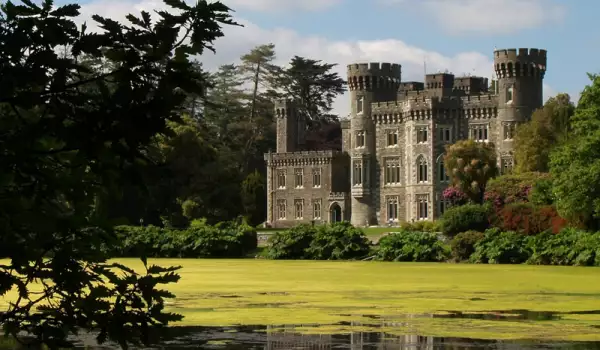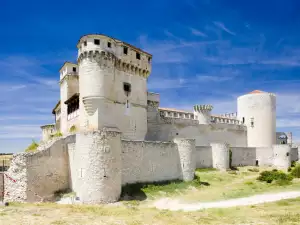Johnstown Castle

Johnstown Castle is an incredibly beautiful mansion surrounded by picturesque and superbly landscaped gardens, which is located in the Irish County of Wexford. Many believe there are only a few other palaces, where the Victorian architecture is able to keep in harmony with such unwavering parks and gardens.
Johnstown Castle is intriguing and is one of the few remaining palaces that serve as a historical attraction, without it being turned into a family hotel or something similar.

Today the halls of Johnstown are used as the location for one of the largest research centers in Europe for agroculture and soil. It is managed by the agricultural parastatal body functioning to Ireland. As they have most modern facilities the research center is engaged in research on air pollution, soil, water, deals with agri-environment, etc.
Johnstown Castle covers a total area of 400 hectares, of which 250 hectares are for farmland and the remainder belongs to forestry, parks and lakes. Only the Castle Johnstown is located adjacent to Wexford town. In its present form Johnstown Castle was erected by members of the Grogan-Morgan family.
The foundations of the palace were laid in 1810. The Victorian figure of Johnstown was built on the ruins of an earlier fortification. Construction of Johnstown Castle ended in 1855. In 1945, the property became the public domain, and a little later under the tutelage of the Ministry of Agriculture in Ireland.
The five acre lake was built in the 19th century and is centrally located on the facade of Johnstown. It is remarkable with Gothic towers that rise from it, and at one end you can see a beautiful terrace, lined with statues. All around the shores of Johnstown Castle, noble trees have been planted - Japanese cedar, Atlantic blue cedar, copper beech, golden cypress, beautiful oaks and a beautiful forest that is complemented by a variety of colors that bloom throughout the year as the green oaks provide a range of colors that meet through most of the year.
Shortly west from the castle and lake visitors can stroll through the gardens, which are arranged around the ruined medieval fortress Rathlannon.















